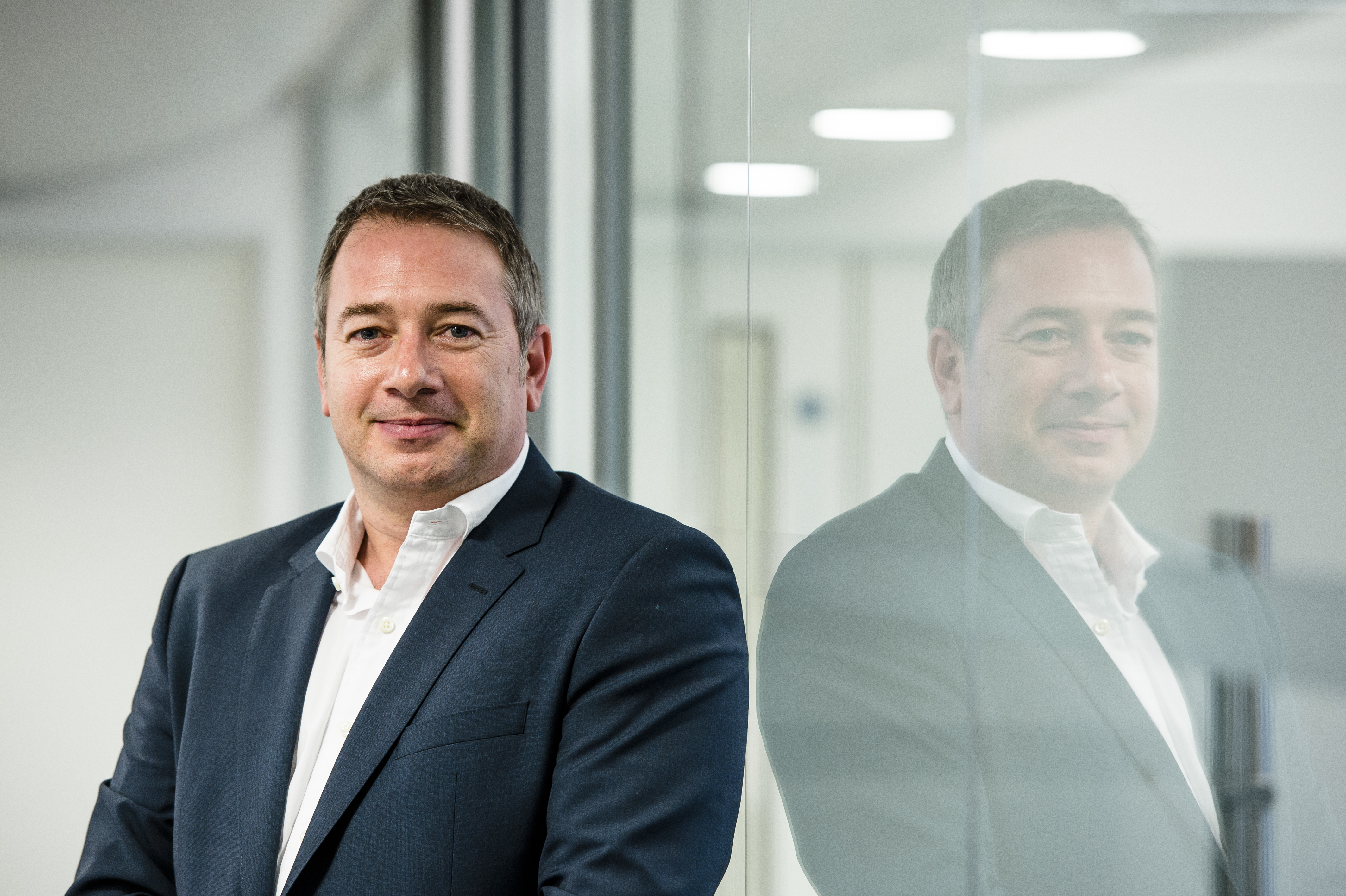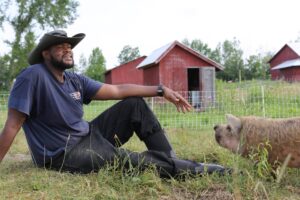Daryl Thomas is senior director, Global Marketing and Business Development at Plant Impact, a crop enhancement research and product development company based at the Rothamsted Centre for Research and Enterprise in the UK. Here Thomas writes about his experiences working on the merger which became Syngenta, and how smaller ag players will play a role in the industry after the next round of consolidation.
One of my favourite stories was revisited by Malcolm Gladwell in his book entitled David and Goliath: Underdogs, Misfits and the Art of Battling Giants, published in 2013. The story reminds me that perceived advantages and disadvantages may not turn out to be quite as they seem.

The same may well prove to be true in agribusiness where the Goliaths of crop protection and seeds are going through what seems to be the final round of industry consolidation: Dow with DuPont, Monsanto with Bayer and Syngenta with ChemChina.
Before my current role with Plant Impact, I spent 20 years participating in the de-mergers, spin-offs, and mergers that created the current agribusiness landscape, in what now seems like a dress rehearsal for today’s events.
Back in 2000, I was responsible for coordinating the merger of two small agrochemical companies to form Syngenta. The steps to integrate took many years and it was particularly difficult for the R&D function, which had to have a few goes at it before breaking through to find its own form of efficiency and scalability.
Time will tell how elastic these latest collisions will prove to be. Combining the R&D and commercial platforms of these major companies is an exciting prospect, particularly for Bayer and Monsanto that bring together the best crop protection platform with the best seed and seed technology platform. The possibilities are breath-taking, although not all of the impending combinations have the same R&D synergy potential. One constant is that it takes time for two to become one.
Over the next few years, these Goliaths will take on the biggest integration challenge that the industry has seen, and that will take a lot of smarts before they come out the other end better, faster, and more effective. I suspect that some of these combinations will prove to be inspired and will drive invention and technology development for our next generation. Regardless of their success and speed, there will be space for, and benefits from, a few courageous Davids too.
Prior to reading Gladwell’s book, I thought that the story was about the weak beating the powerful with the help of pluck and blind faith. But as Gladwell points out, despite his size, it was Goliath who was vulnerable. He was a giant, and not at all agile. As Gladwell says “Goliath had as much chance against David as a man with a sword would have had against someone armed with a .45 automatic handgun.” So David’s greater agility and sharper focus matched Goliath’s strength and reach. Taking this a step further we could assume that together David and Goliath would make a synergistic team.
Today’s the Goliaths of agribusiness will need to focus on integrating and leveraging their core agrochemical and seed portfolios. It’s really hard to bring together huge technology platforms while at the same time diversifying to consider new ones, such as crop enhancement. The most successful will likely be those that focus on cleaning their own house while embracing external collaborations with companies that can develop and prove novel technologies; agility can to some extent be delegated.
Leveraging Goliath’s reach to help more growers
At Plant Impact we have some experience of working with major partners already and providing the novel technology they seek to complete their extensive product portfolios.
Now more than ever we, and others like us, must be braver, cleverer Davids, take the initiative and be as persistent as we are innovative. While I firmly believe that Goliaths will still need to turn to the smaller players like us for innovative ideas and agility, these merger upheavals may make it initially harder to get their attention.
For me, the opportunity to work with experts in a smaller but more entrepreneurial, faster-moving organization was a huge draw. The team here blends experience from Dupont, Dow, Bayer, Monsanto, Syngenta, BASF, Arysta, and academia. We have all been at a Goliath and are now improving our aim with the sling – to help the new giants of agribusiness to make a real impact in closing the global crop yield gap that still exists today.
What do you think life will be like in the new agriculture world order post-consolidation? We want to hear from you! Email [email protected]




